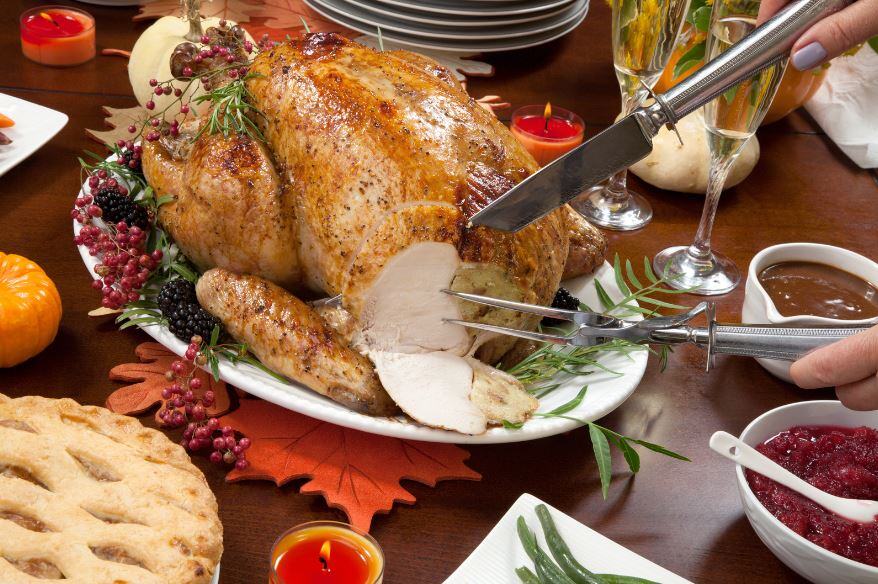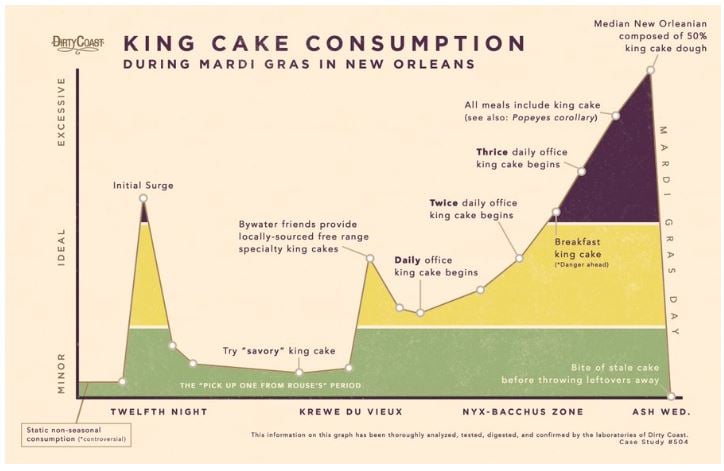
The History and Traditions of Thanksgiving: A Celebration of Gratitude
Thanksgiving in the United States Thanksgiving is a beloved holiday in the United States - a time for families and ...

Table of Contents
Mardi Gras is a vibrant and lively event celebrated worldwide for centuries. But the annual celebration is more than just parades, masks, and indulging in food and drink – it’s rooted in history and layered with cultural significance.
Mardi Gras is French for “Fat Tuesday.” It’s also known as Carnival or Carnaval, celebrated in many countries around the world – mainly those with large Roman Catholic populations – on the day before the religious season of Lent begins. Brazil, Venice, and New Orleans host some of the most famous festivities.
Mardi Gras begins on or after the Christian feast of the Epiphany (Three Kings Day, which is on January 6th), and ends on the day before Ash Wednesday. “Fat Tuesday” is the last day of feasting and indulging before the rituals of the Lenten season begin, which include fasting and sacrifices. But not sacrifices in the way you’re probably thinking – people usually give up some of their vices for 40 days, like no more Diet Coke, no screen time, no chocolate, etc. Some people choose to add acts of service or reflection during this Lenten period either in addition to or instead of giving things up.
The celebration of Mardi Gras found its way to North America through French explorers, particularly settling in the city of New Orleans, where it would eventually turn into the iconic cultural phenomenon it is today.
New Orleans, Louisiana, is the epicenter of Mardi Gras celebrations in the United States. Even though it’s celebrated in different cities across the country, in different ways, for different amounts of time, when you think of Mardi Gras, you think of New Orleans.
The city's festivities attract millions of visitors each year. Over the years, the celebration evolved, blending French, African, Spanish, and Native American influences to create a unique and eclectic carnival atmosphere.
The first American Mardi Gras occurred on March 3, 1969, when French explorers Pierre Le Moyne d’Iberville and Sieur de Bienville landed near present-day New Orleans. They held a small celebration, dubbing their landing spot Point du Mardi Gras.
Speak to an Expert About Language or Culture Training
One of the most iconic features of Mardi Gras in New Orleans is the elaborate parades organized by various social clubs known as "krewes." These krewes plan and execute intricate floats, often with themes reflecting historical events or pop culture. Each year, different krewes take center stage, adding to the diversity of the event.
Parade-goers eagerly anticipate the "throws," items tossed from the floats to the crowd, including the well-known colorful beads, doubloons (representative of Spanish “gold” coins), and other toys and trinkets. Today, the doubloons come in many different colors, depicting the parade theme on one side and the Krewe’s emblem on the other, and have become collector’s items.
Masks and costumes are essential to Mardi Gras, allowing participants to immerse themselves in the festival while remaining anonymous. The tradition of wearing masks dates back to the early days of Mardi Gras when social classes were temporarily blurred during the celebration so everyone could celebrate together as one. Today, elaborate costumes and masks add a sense of fun and excitement to the festivities as locals and tourists alike transform the streets into a kaleidoscope of colors.
Annie Neahring, Global LT’s Director of Program Design, Curriculum, and Instruction, a New Orleans local, said, “My favorite thing about Mardi Gras day is that it feels like an ephemeral, magical walking art show that you get to not only observe but participate in.”
The most popular and well-known colors of Mardi Gras are purple, signifying justice; green, signifying faith; and gold, signifying power.
No Mardi Gras celebration is complete without the sounds of jazz, blues, and brass bands filling the air. Music is an essential component of the festivities, with the parades featuring marching bands and spontaneous street performances.
The culinary scene during Mardi Gras includes traditional Creole and Cajun dishes taking center stage. From gumbo to king cake, the food of Mardi Gras is as diverse as the celebration itself.
Here is a graph from the Dirty Coast Press representing the consumption of King Cake in New Orleans leading up to Mardi Gras:

Mardi Gras is more than just a celebration. Beyond the parties and parades, Mardi Gras holds deeper cultural significance. It serves as a moment of unity, bringing people from all walks of life together to celebrate joy, diversity, and the shared human experience. The temporary suspension of social norms during Mardi Gras fosters a sense of community and inclusivity and allows artistic expression, reminding participants of the importance of embracing life and connecting with one another.
From its humble beginnings to today's infamous parades and street parties, Mardi Gras continues to captivate people worldwide.
This blog post was written by Megan Tully, Marketing Manager.

Thanksgiving in the United States Thanksgiving is a beloved holiday in the United States - a time for families and ...
.png)
Every year on October 31st, people all over the United States celebrate Halloween. Children and adults dress in ...

Hanukkah (Hebrew for “dedication”) is often called the Festival of Lights. It is a joyous and significant holiday ...
Please fill out the form below for more information or to schedule a consultation.